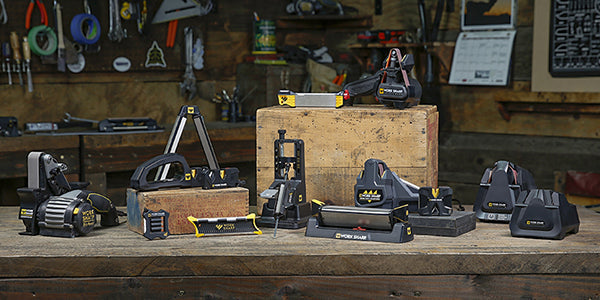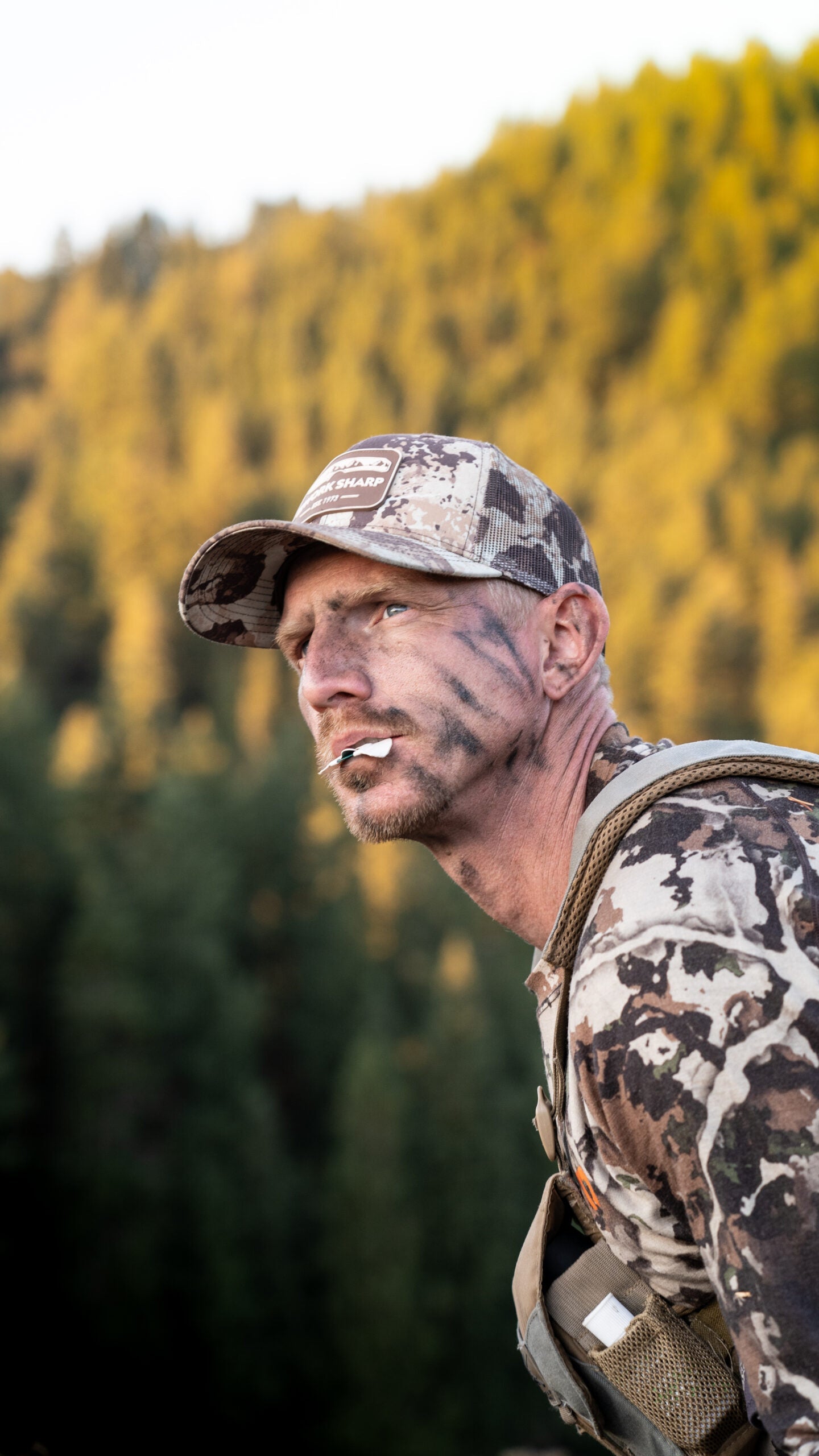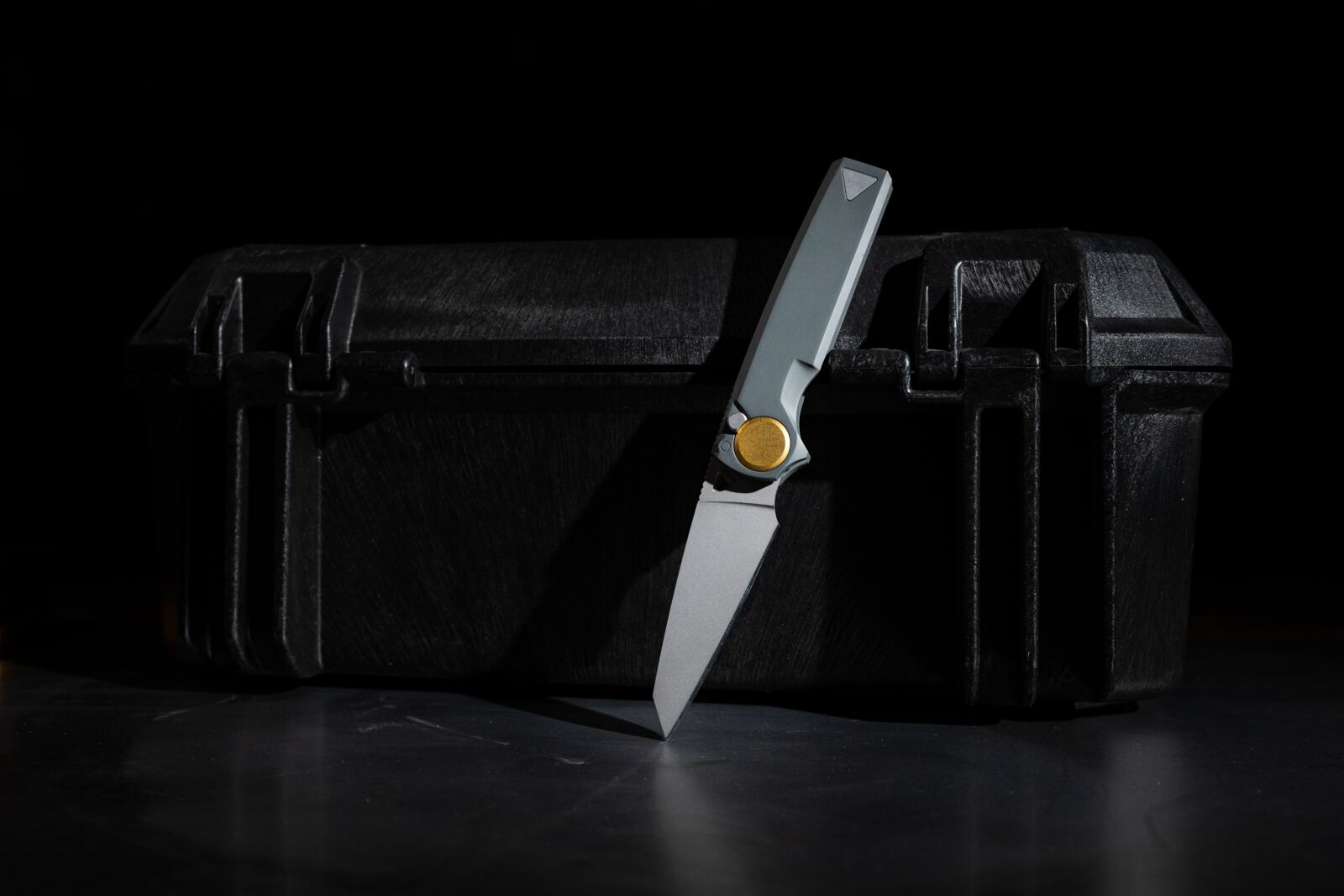"The tools needed for upland hunting is more than just a shotgun and bird vest, it’s about properly caring for the game." - Pro Staff Edgar Castillo

Upland birds and waterfowl offer a challenge to bird hunters and the reward of a delicious meal at the table is the goal at the end of the day, if the game is handled properly from the field to the plate. The only way to ensure that a successful day in the wild is not wasted is to properly care for the birds.
Tools Of The Trade
Having the right tools for field dressing gamebirds and using proper techniques is essential in taking care of the meat. A bird hunter’s knife is the most important and versatile tool carried in the uplands, fields, woods, prairies, and mountains. Whether it be a fixed blade or folding knife, the knife is detrimental in making sure the bird taken is properly taken care of.
Hunters should realize the importance of a sharp knife. Having a sharp knife makes ALL the difference in the field and kitchen. The benefits of having a sharp blade makes the job of cutting and breasting a bird a lot more efficient. A sharp blade cuts easily. In the hands of a bird hunter, a well-sharpened knife allows them to hone their knife skills, allowing for more precise and delicate work. It is also HUGELY important in terms of safety (case in point: slicing through a grouse’s breast with ease rather than having a dull knife push against the tension and jump onto and cut a finger). A sharpened blade prevents accidents as opposed to using a dull blade. The sharpest knife is the safest knife when used with care.

This is where a knife sharpener comes in handy and carries its weight in gold. Hunters can have their knife blades professionally sharpened at an expense, but it’s quite simple. Enter Work Sharp with an array of sharpeners for the outdoorsmen to be used in the field and camp, or on the go, or home. These sharpening systems offer a solution for knives, shears, and axes while hunting or at bird camp. Most of the Work Sharp Tools and arrangements offer easy-to-use platforms that allows hunters to easily follow the curve of the blade or angle, Making it faster and easier to sharpen flat, curved, and serrated blades.Proper care using a quality sharpener will extend the life of a hunter’s bird knife.
Another important tool are game shears. Although they may seem insignificant, they really come in handy. Shears make dressing birds easier and cleaner. The leverage applied by the blades makes cutting through skin, bone, and cartilage a cinch. Cutting shears are useful for cutting off wings, legs, and necks (check with state requirements for possession and transporting.)
Big game hunters have game processing kits, doesn’t it make sense that bird hunters keep all their essential gear in a compact case or field bag that can be easily stored in their bird vest?
Bird cleaning supplies kept within the “kit” include; knife, game shears, knife/tool sharpener, rubber field dressing gloves (to reduce cleanup afterwards), wet wipes, and various sizes of plastic bags to accommodate quail and doves to larger birds such as pheasants and grouse. Get storage bags with write on labels to place date, location, and type of game bird harvested for easy tracking.
Caring For The Game
It is essential to take care of the harvested meat, if the weather is warm. Perhaps the best way to dress and cool the meat is immediately after the hunt. Upland birds and waterfowl are field dressed basically in the same manner. The question that often arises is whether to pluck or skin, or just breast out the bird? Some bird hunters prefer to pluck upland birds and skin waterfowl. As with everything, it all comes down to personal preference.
If plucking, the skin stays on the bird and makes for a tastier meal. The skin acts like a sealant by sealing in the natural juices. Birds can be plucked manually by pulling feathers in the opposite direction from which they lay. When plucking, pull just a few feathers at a time.
Skinning allows a hunter to clean a bird much faster, and it is easier to remove the heavy fat from under the skin. This method, however, has its drawbacks in that it is harder to keep the meat moist while cooking.
There are many ways to field dress and clean birds. From the “step and pull method” to the tried and true manner of using a trusty sharp knife that may have been passed down from grandfather to father, and then to son.
Here are two simple methods that can be performed:
Field Dressing a Bird
- Using a sharp knife, make a shallow horizontal cut just below the breast bone.
- Pull the breast forward and the legs back to open the bird.
- Reach in and pull out the intestines, heart, lungs and gizzard.
- Wipe and clean the bird inside. Place in a cool or shady place to dissipate the heat.
Skinning and Cleaning a Bird
- Snap or cut off wings using a sharp knife or shears at the first joint away from the body.
- Cut through the legs at the first joint above the foot, leaving drumsticks attached to the body.
- Make a small vertical cut in skin and pull it away from the breast and sides.
- Pull as much of the meat out in the open as possible, using fingers to separate the skin from the drumsticks.
- Cut at the vent and neck to remove skin from bird.
- Make a horizontal cut below the breast and pull out entrails if it was not done in the field.
- If available, use water to clean the cavity of the bird then wipe the inside dry with paper towels.
The final step is to wrap and freeze your autumn bird and find a recipe that will honor the sacrifice it made to feed your family with a tasty meal. Hunt public. Hunt wild. And always carry a sharp bird knife.
This article was provided by Work Sharp Pro Staff Edgar Castillo. Residing in Kansas, he has dedicated much of his time to wild bird hunts and is a masterful resource in the process of caring and cleaning game for the best quality of meat and proper handling. You can learn more from Edgar on Instagram at Hunt Birdz and on Facebook @huntbirdz






